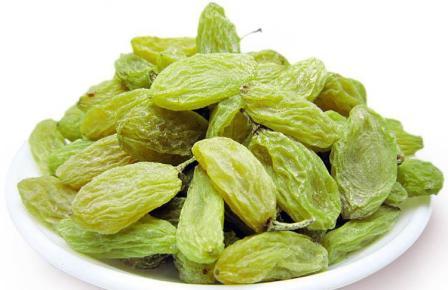Prevention of diarrhea in calves from the following three aspects, first, to increase the amount of green feed for pregnant cows and lactating cows, such as increased barnyardgrass, silage, hay, carrots, etc., to reduce dry corn and cottonseed cake feeding Feeding quantity is forbidden to feed moldy grass; secondly, the newborn yak must eat colostrum within two hours of birth. Yak is not afraid to eat colostrum early. The sooner the better, the initial feeding amount is 1 to 2 kg. According to the size of the yak cows increase or decrease; third is to master the yak feeding method, yak nurses to grasp the three set, that is, regular, fixed temperature, quantitative. Timing: Feed 3 times a day, 7 o'clock in the morning, 2 to 3 o'clock in the afternoon and feed at 9 o'clock in the afternoon. Fixed temperature: Keep the milk temperature at 38 to 40 o C. You can feed milk after being squeezed. Warm water can be used in winter. 40 °C, or put the milk boiled to 40 °C; quantitative: should not be less, morning 2 ~ 2.25 kg, 1.5 kg in the afternoon, 2 ~ 2.25 kg in the evening, feeding increased with age, not more than 7.5 kg. If diarrhea occurs in yaks, it can be used for drugs such as diarrhea hemorrhoids, furazolidone, and sulfamethoxazole. The dosage can be controlled in the range of adult medication. If the diarrhea is severe, the dehydration phenomenon in the mountains requires infusion.
There are two things to be aware of when feeding calves: First, the calves are prevented from adding soybean meal and cornmeal to their milk. The second is not to add water to the milk, to feed after half an hour to 1 hour drinking water, water temperature 20 ~ 40 °C, summer should drink more water, calf water shortage, can cause an excessive drinking water, hemolysis, resulting in hematuria.
Yak cattle can be guided to open food at the age of 5 to 8 days, 15 to 30 days old is safe, and can give appropriate amount of hay, not to feed straw.
Introduce a yak feed formula for reference: 18% soybean cake, 20% wheat bran, 10% sorghum, 47% corn, 1.0% bone meal, 2.0% calcium phosphate, 1.0% sodium bicarbonate, 1.0% sodium chloride. The calf compound feed can be freely eaten, and the daily feed intake generally does not exceed 1 kg, which can be flexibly controlled according to the individual size of the calf. The calf's feeding period can be fed for two months. The length of feeding can be controlled according to the amount of milk produced.
Talk about calf weaning: calves weaning is quite critical, successful weaning is directly related to the success or failure of calf feeding, safer in the spring and autumn, summer and winter season easy to digestive tract infection, catching cold, causing diarrhea. It is generally about 50% off a week, or feeding the porridge, and gradually weaning it takes about two weeks.
In the breeding process of yak, the quality of the milk should be guaranteed. There should be no milk or solidified milk in the milk. It is best to use milk for self-produced milk. Observe whether or not the yak has an abnormal condition, especially observe it in the morning.
The yaks need to be sunny, ventilated, and advocate a single cow's lap to prevent bite damage. Cowhouse suitable temperature 10 ~ 25 °C, winter can be covered with plastic sheeting, summer in the shade of trees and other ventilated place, the yak foot padding should not use straw. Keep cleanliness in the barn and sports grounds, eliminate mosquitoes and mosquitoes in summer to prevent transmission of diseases. Yak venues should avoid sharp objects such as razor clams, razor clams, and razor clams as well as woven fabrics, woven bags, plastic bags, etc. to avoid unnecessary injuries and diseases.
During the breeding and management of yak, we must also pay attention to epidemic prevention of infectious diseases and vaccinate on time, such as foot-and-mouth disease, Pasteurella, Clostridium perfringens, Japanese encephalitis, etc., in order to ensure the successful cultivation of yak and lay a foundation for the breeding of cows. .
Author: Qifenghar Tiefeng District Animal Epidemic Prevention and Quarantine Station
Origin in Xinjiang, the largest origin of raisins in China. Raisins can contain up to 72% sugars by weight, most of which is fructose and glucose. They also contain about 3% protein and 3.7%–6.8% dietary fiber. Raisins like prunes and apricots are also high in certain antioxidants, but have a lower Vitamin C content than fresh grapes. Raisins are low in sodium and contain no cholesterol. Among individuals with mild increases in blood pressure, the routine consumption of raisins (three times a day) may significantly lower blood pressure, especially when compared to eating other common snacks.

Green Raisin
Healthy Food Snack Green Raisin,Dried Green Raisin,Green Raisin
Ningxia Shun Yuan Tang Herbal Biotech Co., Ltd. , https://www.nxshunyuantang.com